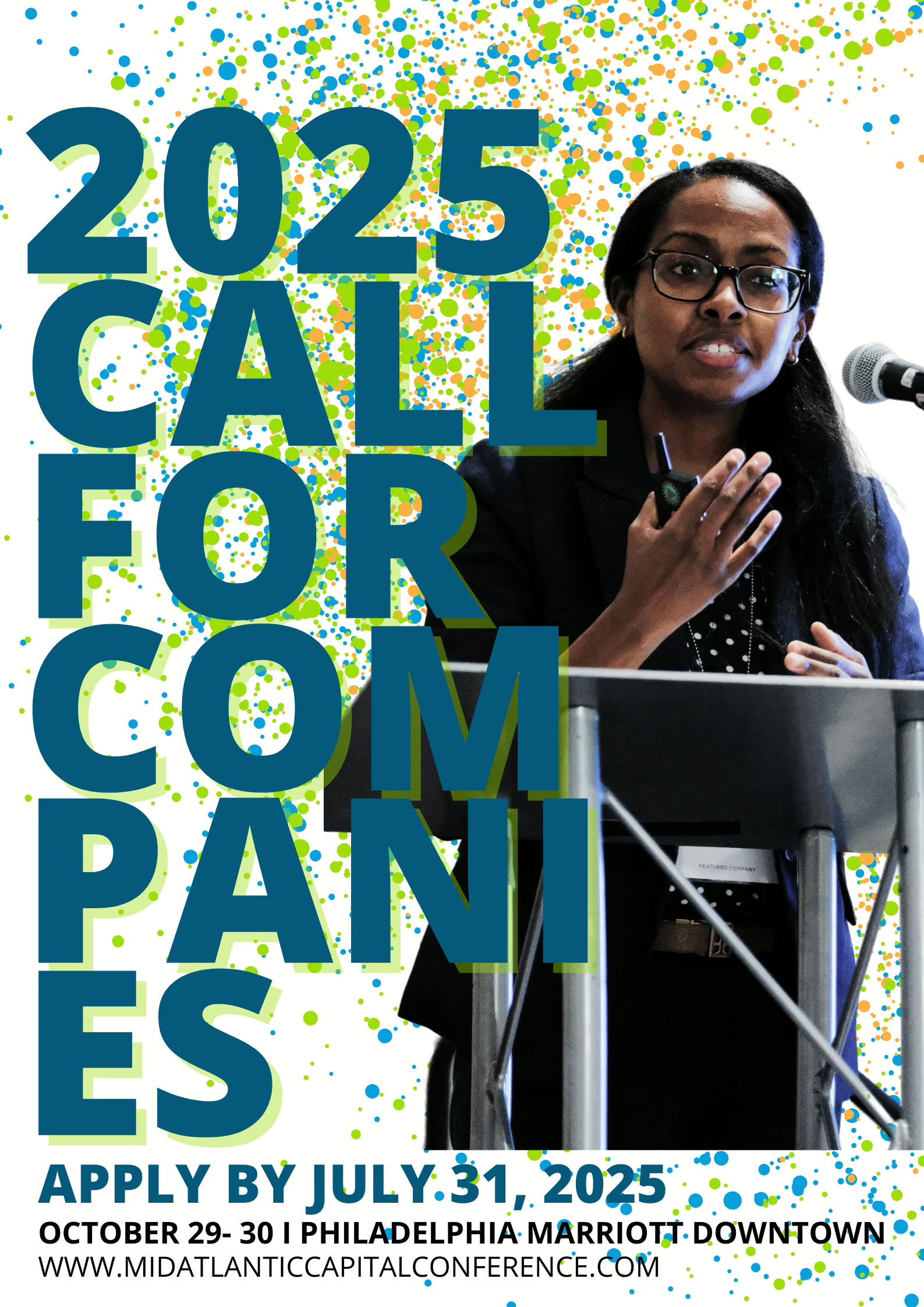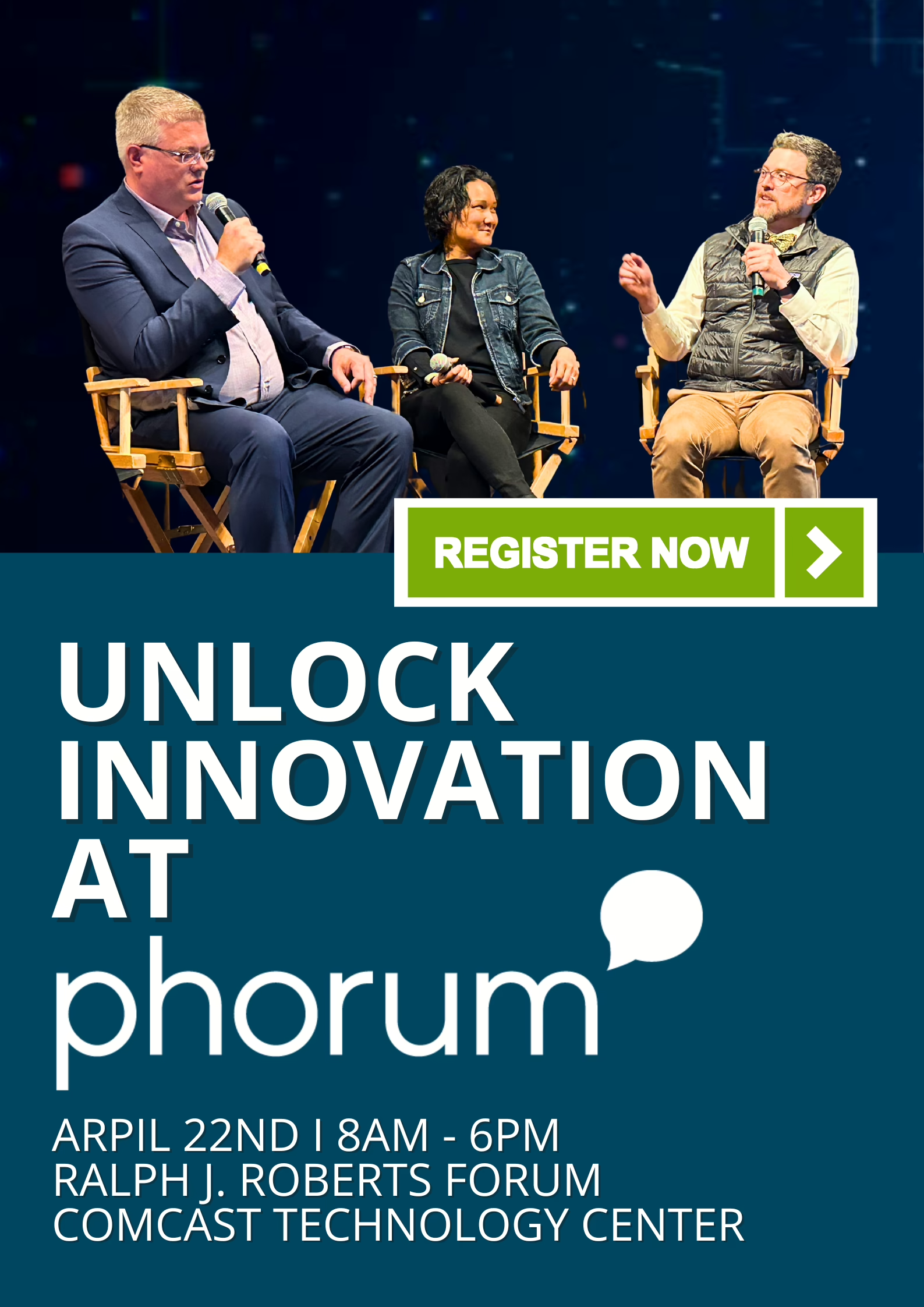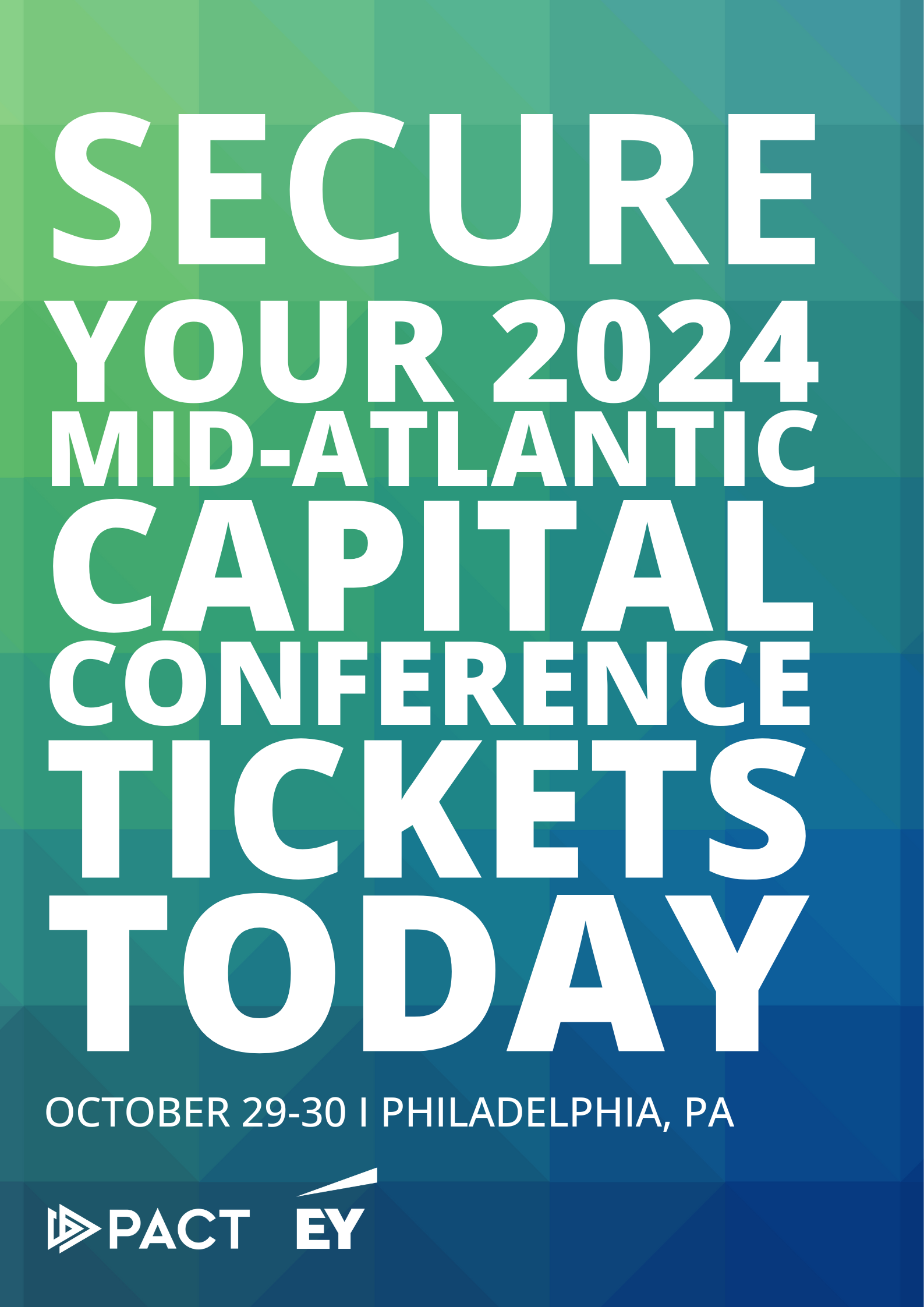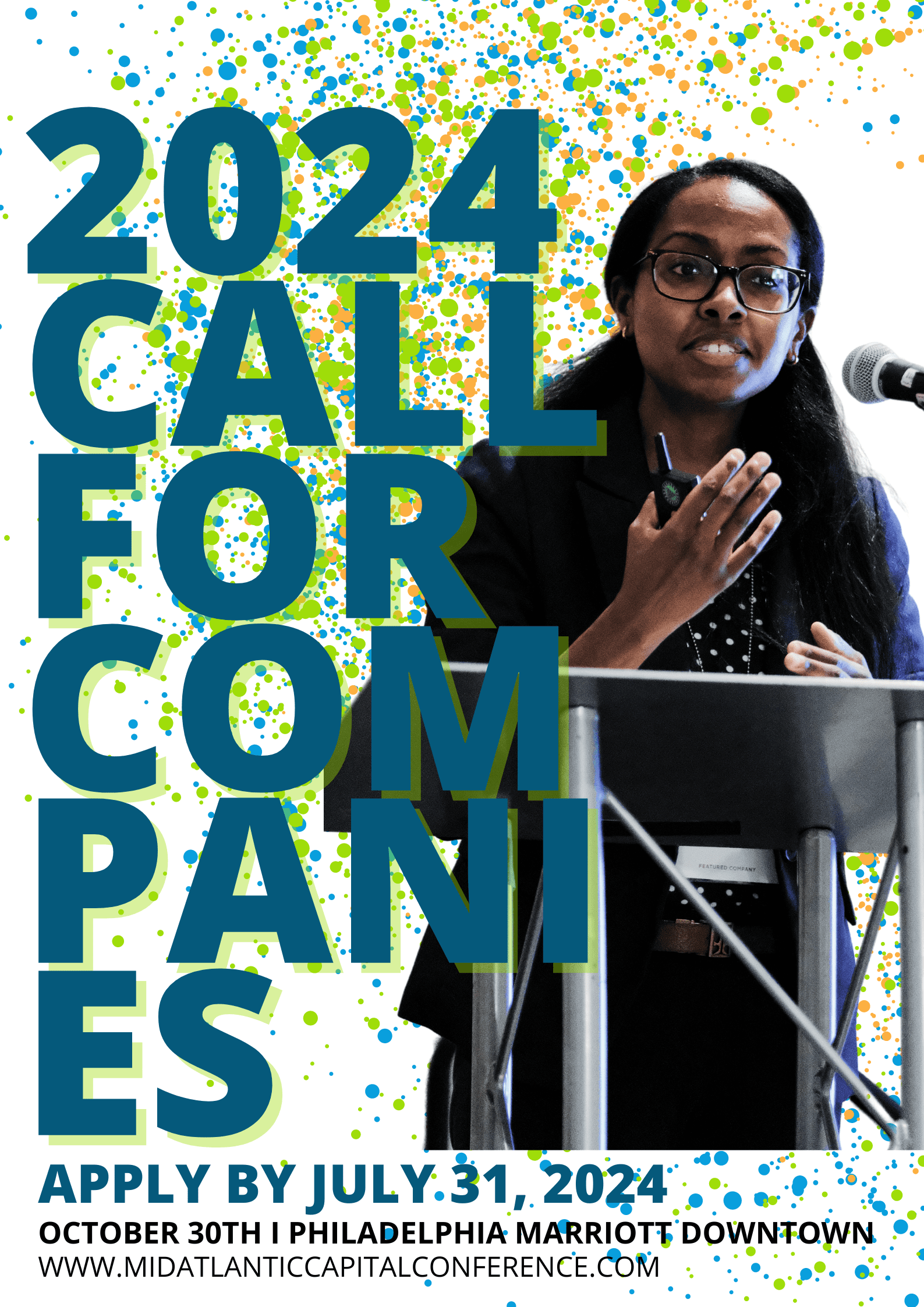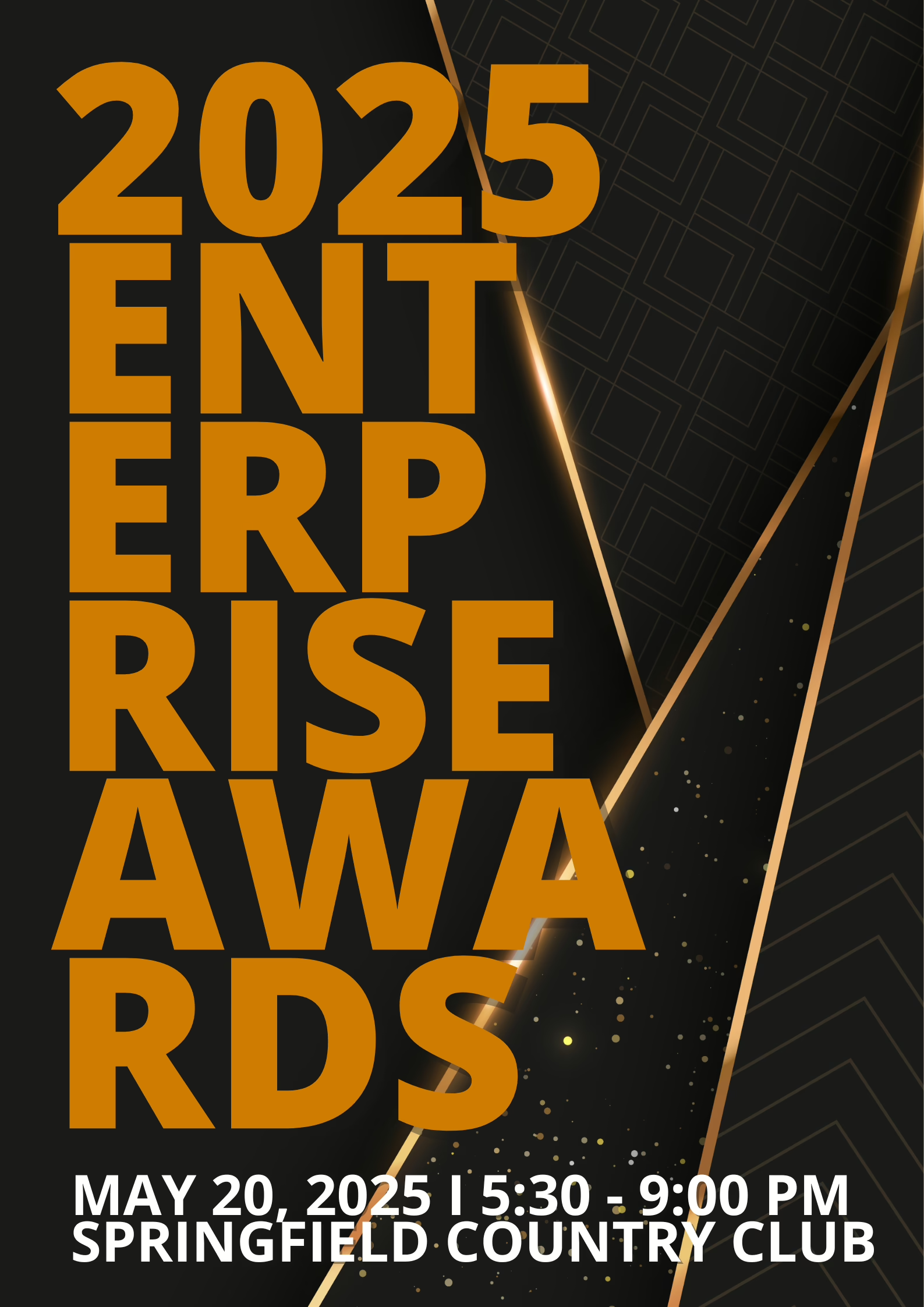Save a Crab, Start a Business: The ToxiSense Story
BY MARI ROGERS | MARCH 07, 2024
Aravind Krishnan was 14 years old when a school trip to the Jersey shore led to a surprising lesson on the biomedical industry: it still relies on horseshoe crab blood for bacterial contamination testing, a process that is both incredibly expensive as well as ecologically harmful.
“It was quite surprising to me that an industry that is so high tech – biotech and pharmaceuticals – is using a method that seems so primitive, and that has so many drawbacks,” says Aravind.
He notes that a single gallon of the blood rings in at $60,000, raising the cost of medical tests that require it – and as a keystone species, harvesting the horseshoe crab has a negative ecological impact. “So maybe somewhat naively at the time, I thought: why not make a better method?”
A childhood mission becomes a business reality
The problem was that the crab blood – which is reactive to potentially life-threatening endotoxins – serves an important role in medicine and medical device testing. Therefore, an alternative was required.
In the beginning, Aravind’s quest to engineer a plant-based replacement to the horseshoe crab’s blood was simply a high-school project – a way to familiarize himself with the life sciences space and get experience in the laboratory. An enterprising Aravind was able to access lab space thanks to generous local professors. By 12th grade, he had a working basic prototype using the genetically engineered Arabidopsis plant.
But he assumed that starting college would mean packing up the concept and moving on to classroom work.
As a first-year student at the University of Pennsylvania, however, Aravind continued to have conversations with his professors about the product’s potential – and they encouraged him to develop the idea further. Aravind teamed up with other first-year students to officially launch his business ToxiSense, and they ultimately won the 2022 Venture Lab Startup Challenge, Penn’s largest pitch competition.
Then Aravind heard about the Science Center’s Founders Fellowship. The Founders Fellowship gives entrepreneurs in the life science space the resources and knowledge needed to turn an idea into a business venture. Along with a $50,000 stipend, founders receive access to space at CIC Labs, hands-on learning, as well as mentorship from experienced entrepreneurs in the space.
From research to business strategy
Due to the rigorous requirements of organizations like the FDA and the U.S. Pharmacopeia, business acumen is essential for getting pharmaceutical-related products off the ground. It’s no secret that researchers often lack business experience – and many would-be products never come to market because the scientists that created them fail to anticipate regulatory and economic hurdles.
That’s where the Founders Fellowship comes in. It isn’t just about giving entrepreneurs funding – it also provides them with the business know-how they need to truly succeed in this competitive space.
“The Fellowship gives people with a scientific background the ability to translate their scientific research from the lab into a real-world ready product,” Aravind explains. “I had a good idea of how to conduct this type of research in the lab, but the Fellowship taught me how to talk to eventual customers, discover market pain points, work on pricing, address regulatory requirements, establish IP – all the different things that scientists often don’t consider as part of rigorous basic scientific research.”
Note: blog originally posted at https://sciencecenter.org/blog/save-a-crab-start-a-business-the-toxisense-story.

